Africa and China are likely to be the next hot spots when it comes to growing wine consumption, so how can businesses make the most of their growing potential? Nimmi Malhotra hears from industry experts.
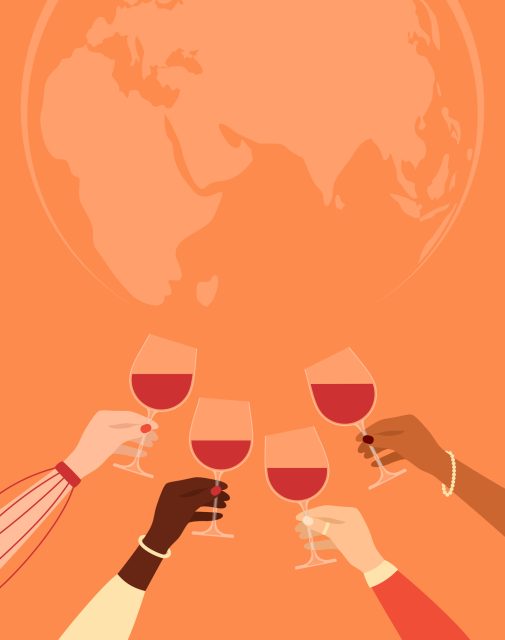
At ProWein’s inaugural
Business Forum, Dr. Anja Zimmer, editor-in-chief of Meininger's Wine Business International, hosted a discussion centred on two critical challenges facing the wine industry today: the growth of new markets, particularly Africa and China, and the changing landscape of consumer demographics.
Zimmer invited leading market specialists to share their insights on these evolving trends, including Christian Lindfeld, managing director of Africa Ventures Advisory, Natalie Wang, editor-in-chief of Vino Joy, and Sarah Pierre, owner of 3 Parks Wine Shop in Atlanta, who each brought a unique perspective from their respective regions.
Africa: a growing market
Lindfeld shed light on Africa’s rising potential as a wine market. He emphasised that the continent – home to 54 countries and a population of 1.5 billion – represents “the only growing continent of this century”, with projections estimating its population could swell to 4.2bn by 2100. While Africa’s wine market remains relatively small, with wine imports totalling just US$650 million — representing a mere 1.6% of global wine exports — Lindfeld argued that wine producers should not overlook this vast and diverse market.
The consumption may be low, but it is growing in countries like Côte d'Ivoire, Nigeria, Angola, and Kenya, where established importers, distributors, and retailers already exist. These nations, he suggested, are key entry points for wine producers looking to tap into Africa’s untapped potential. His advice to producers? “Don’t think in quarterly reports. Think in generations.” The African wine market’s evolution will be gradual, and businesses must be patient and willing to commit to long-term strategies.
Lindfeld also noted that African consumers possess unique preferences compared to Western drinkers. He stressed that while most wine consumption is currently driven by expatriates and specific wine communities, producers should adapt to local tastes to succeed. “The biggest barrier is not tax or local regulations. It’s the willingness to go there and be on the ground,” he said, underscoring the importance of understanding the market on a personal level.
China is still evolving
Wang, who is editor-in-chief of Vino Joy, provided a detailed analysis of China’s evolving wine market. While the value of exports to China has declined from US$24.3bn in 2019 to an estimated US$15.9bn in 2024, Wang noted that the country’s wine economy is evolving in new ways.
Unlike Western markets, where young consumers are distancing themselves from wine, China's younger population actively
seeks it out. Wang explained: “In China, the predominant drink for a lot of consumers, especially the older generation, is baijiu. Wine speaks to the younger generation, who want to distinguish themselves from their older generation.”
The preferred wine style is also changing. “You're looking at a generation of consumers finding their own palate,” she observed. Instead of super expensive Bordeaux, they opt for more affordable options at places like Sam’s Club, a giant supermarket which sold entry-level wines worth CNY800m (US$110m) in 2023.
Wang pointed to a rise in imported wines from three countries in particular – Australia, Germany and New Zealand, with white wines, particularly German Riesling and Cloudy Bay, gaining popularity. There’s also growing demand for off-dry styles like Moscato d'Asti.
She also highlighted the rising influence of young Chinese winemakers who have honed their skills in Bordeaux, Burgundy and Australia.
“There is a huge revolution within the domestic wine-producing community,” she said. “Young generations of winemakers are returning to China and making terroir-driven wines.” This shift is altering the perception of Chinese wine, which has historically been viewed with scepticism, especially by younger generations.
The rise of wine delivery apps in China also facilitates access to wine for younger, tech-savvy consumers, further solidifying wine’s place in China’s modern lifestyle.

Meet the consumer where they are
Sarah Pierre, owner of 3 Parks Wine Shop in Atlanta, offered a candid perspective on the changing dynamics of wine retail. Pierre’s approach emphasises meeting consumers “where they are”, focusing on simplicity and inclusivity rather than relying on wine jargon. She stocks a wide range of wines to cater to all consumers, from fruity and sweet to organic varieties, in different packaging options, including half-bottles and alternative formats.
“We don’t really focus on collectors,” Pierre explained. “That’s not how people are spending their money anymore. If we want to grow the wine business, we have to focus on people drinking wine every day.” Pierre uses social media platforms like Instagram to engage her audience and hosts events like themed wine dinners, Mahjong Nights and community-friendly tastings to build relationships with consumers.
As demographics shift, Pierre has observed a significant rise in the number of Latin, Hispanic and Asian wine drinkers. “If you’re not finding a way to engage these communities, you’re missing the mark,” she warned, stressing the importance of inclusivity and adaptability in the modern wine market.

 At ProWein’s inaugural Business Forum, Dr. Anja Zimmer, editor-in-chief of Meininger's Wine Business International, hosted a discussion centred on two critical challenges facing the wine industry today: the growth of new markets, particularly Africa and China, and the changing landscape of consumer demographics.
Zimmer invited leading market specialists to share their insights on these evolving trends, including Christian Lindfeld, managing director of Africa Ventures Advisory, Natalie Wang, editor-in-chief of Vino Joy, and Sarah Pierre, owner of 3 Parks Wine Shop in Atlanta, who each brought a unique perspective from their respective regions.
At ProWein’s inaugural Business Forum, Dr. Anja Zimmer, editor-in-chief of Meininger's Wine Business International, hosted a discussion centred on two critical challenges facing the wine industry today: the growth of new markets, particularly Africa and China, and the changing landscape of consumer demographics.
Zimmer invited leading market specialists to share their insights on these evolving trends, including Christian Lindfeld, managing director of Africa Ventures Advisory, Natalie Wang, editor-in-chief of Vino Joy, and Sarah Pierre, owner of 3 Parks Wine Shop in Atlanta, who each brought a unique perspective from their respective regions.




















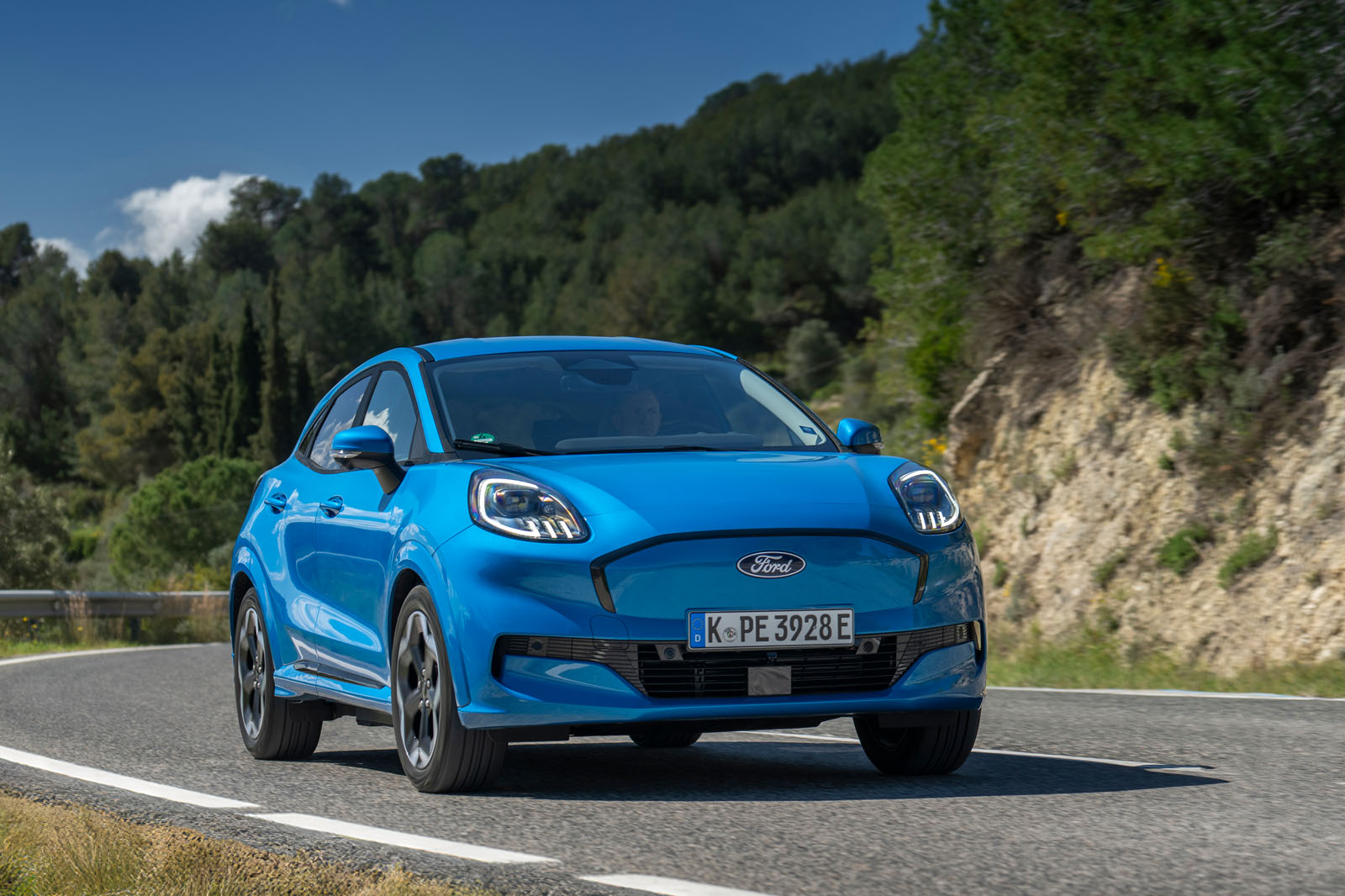















































































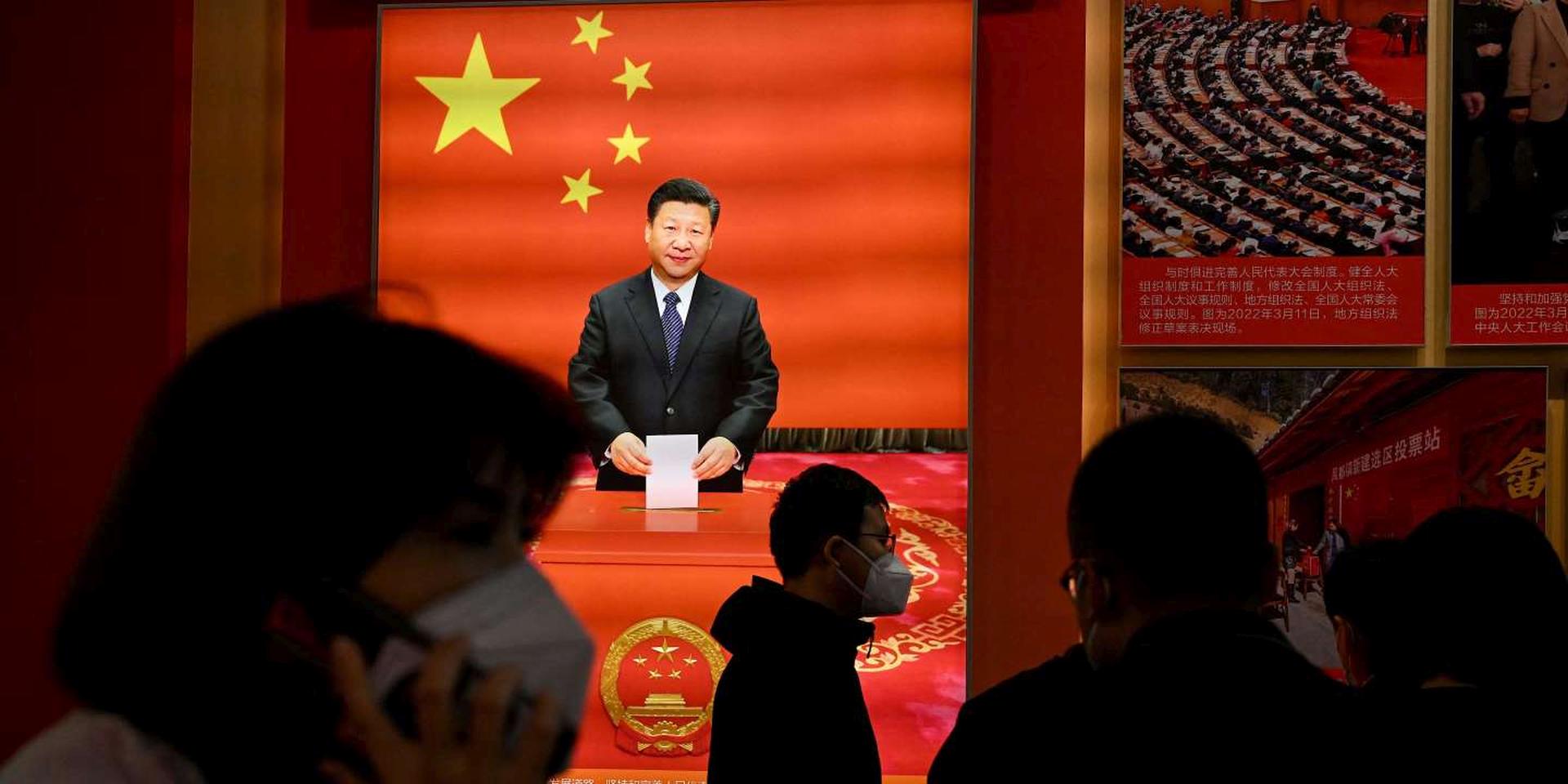






















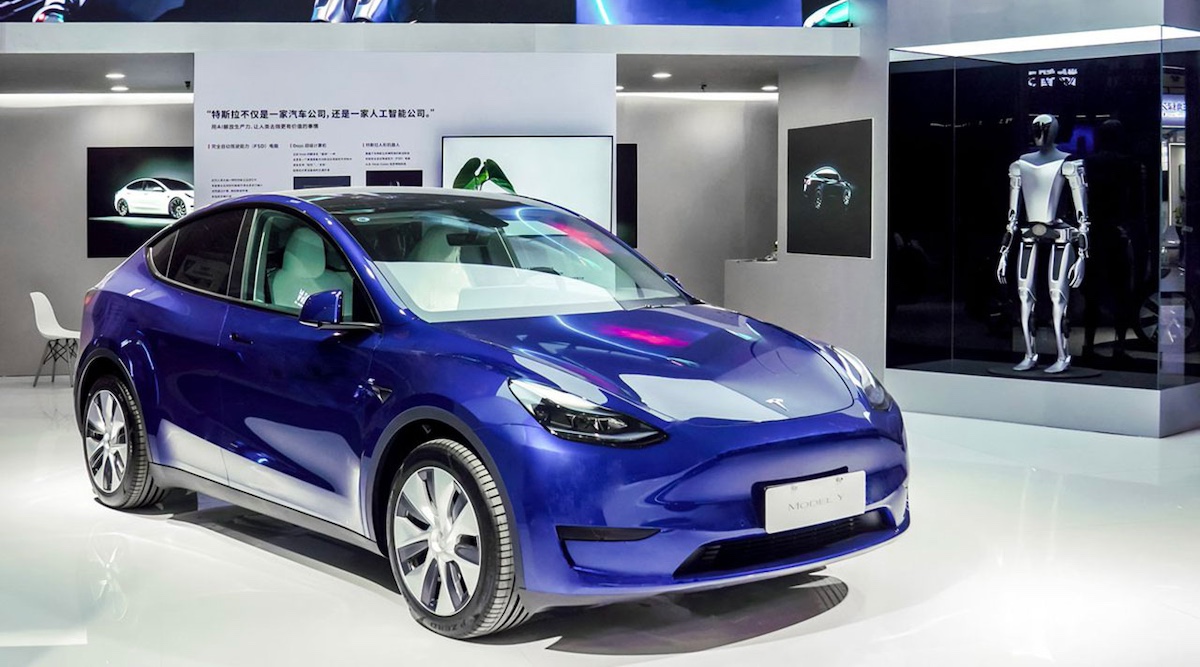







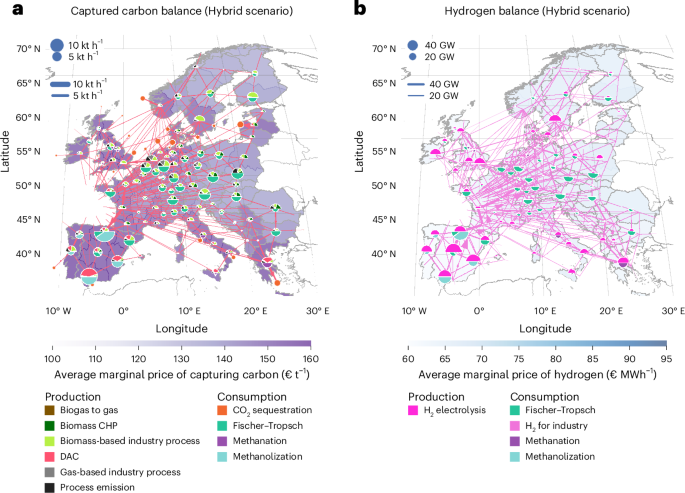
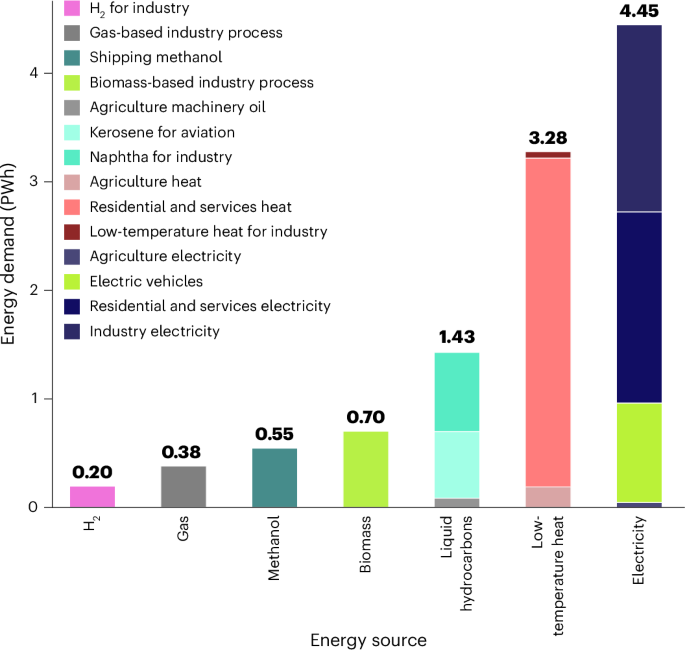
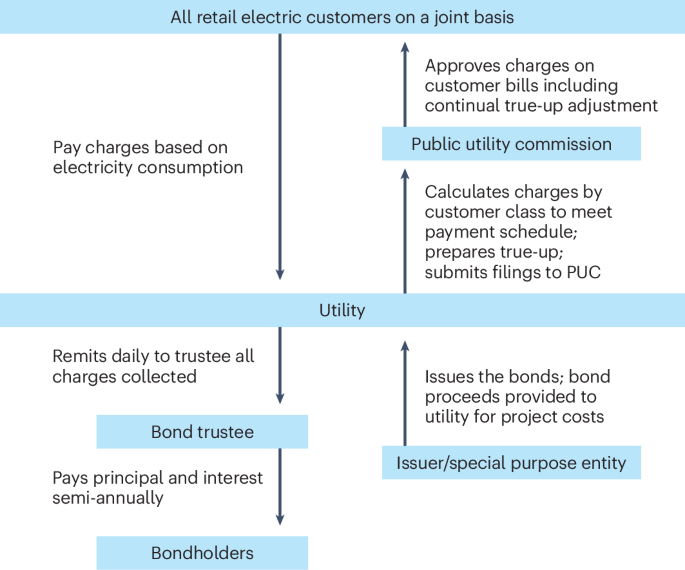
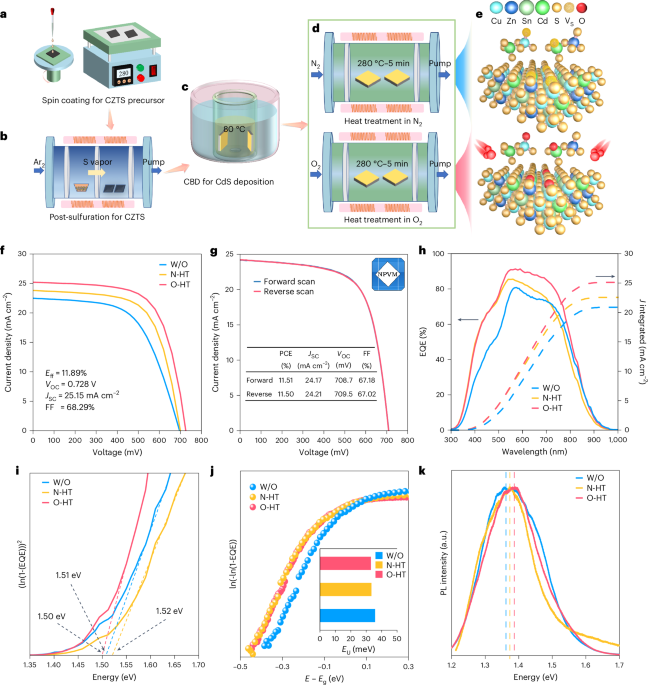













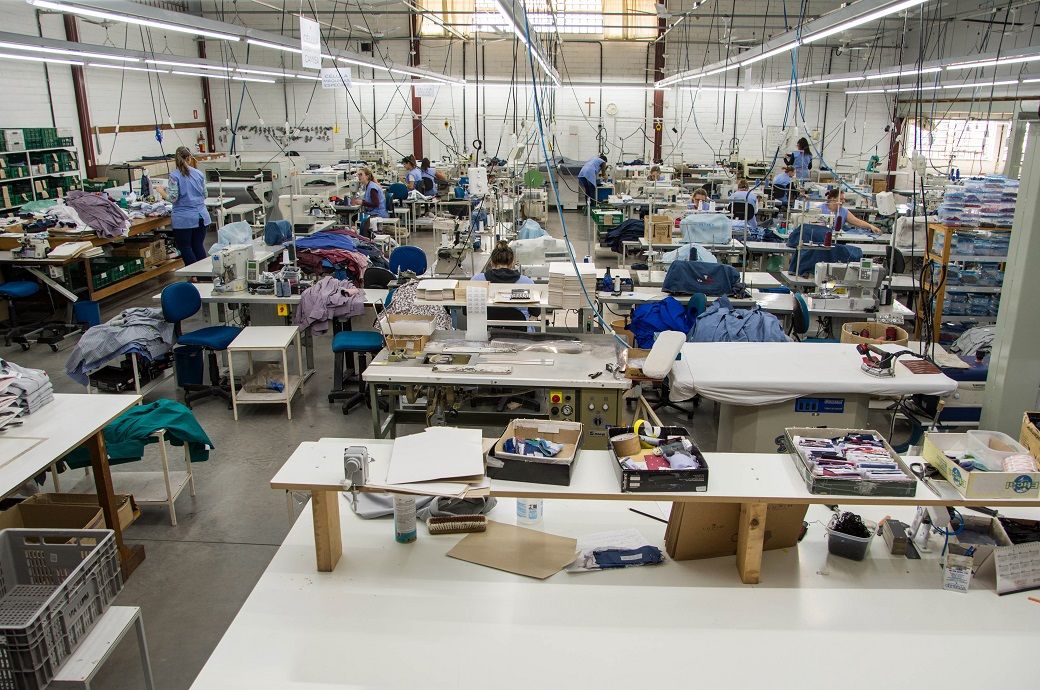








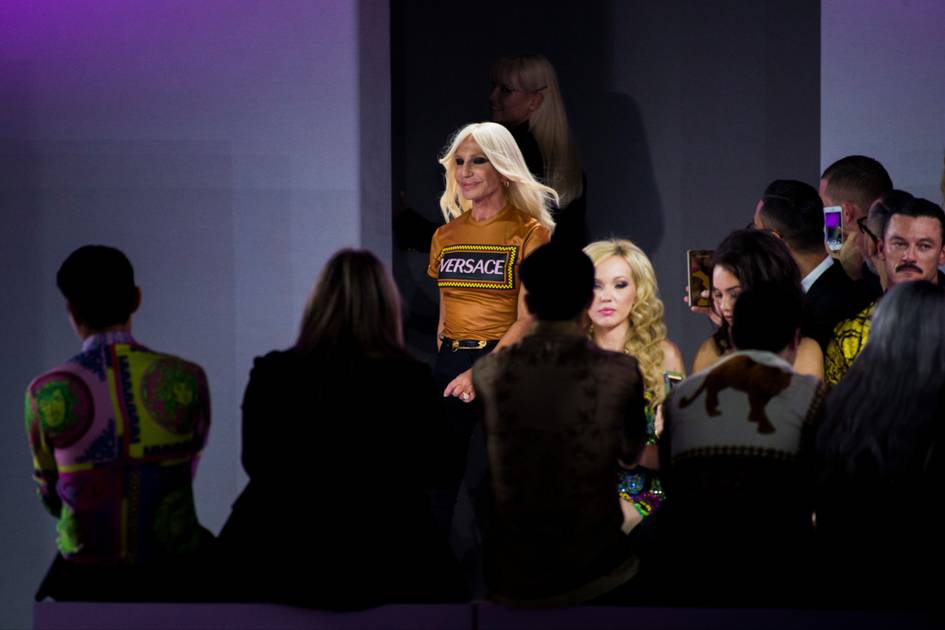












.png)









